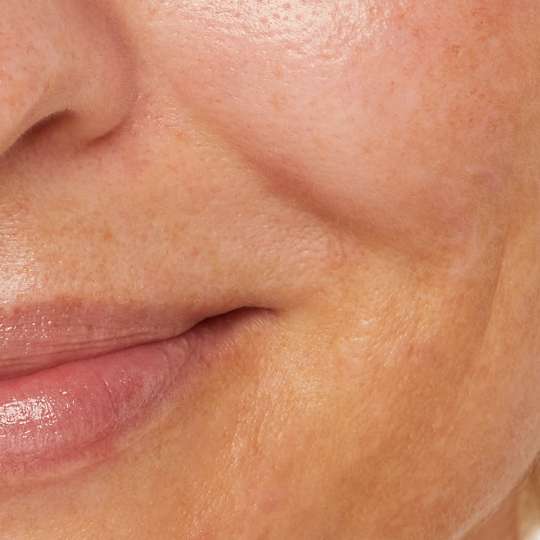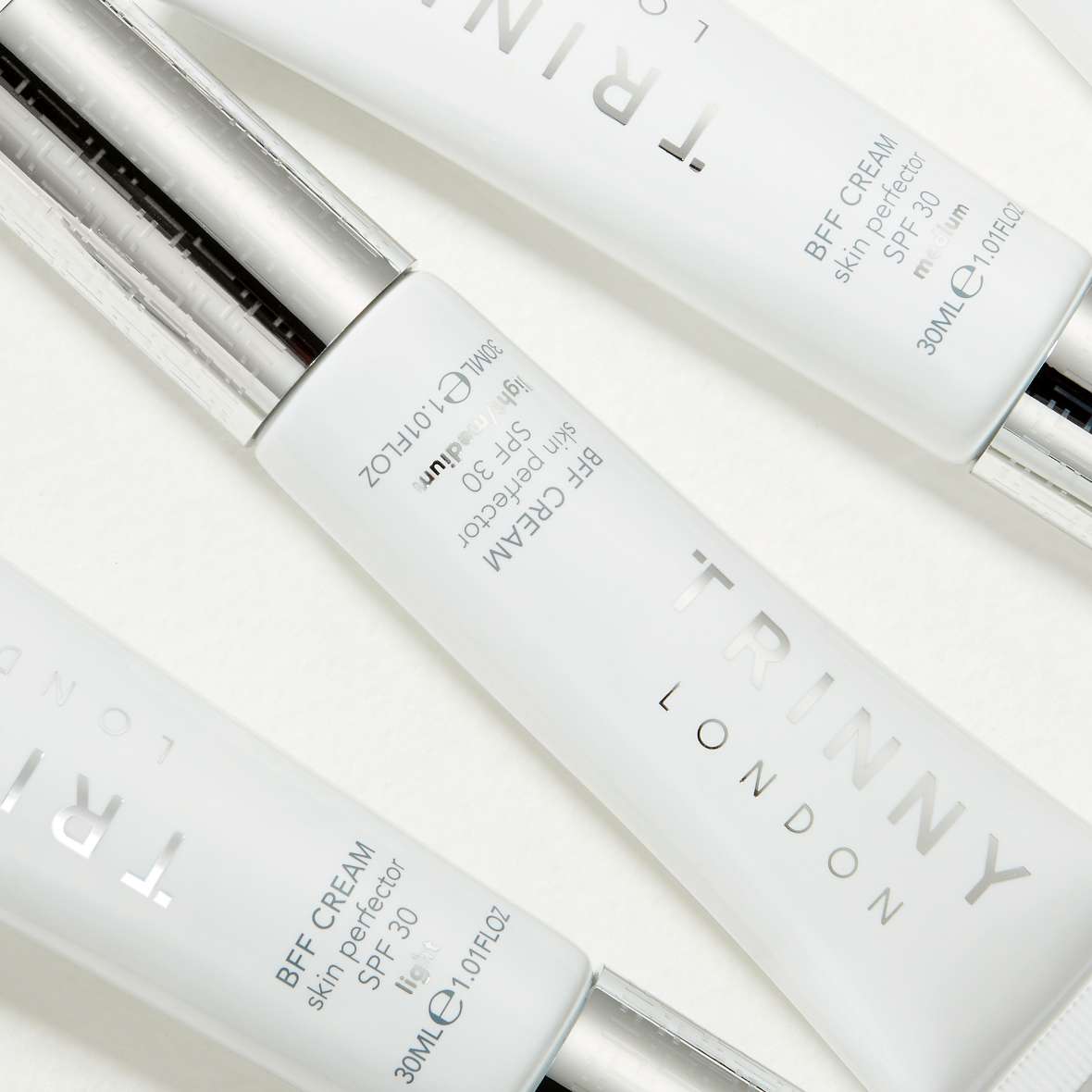

What is skin cancer?
Skin cancer is the result of skin cells growing at an abnormal rate. Unlike most other cancers, skin cancer appears on the outside of your body, meaning finding and diagnosing it is more about noticing any visual alterations in your skin rather than changes to other aspects of your health.
What does skin cancer look like?
Skin cancer can vary in appearance depending on the type of skin cancer. The most common types of skin cancer are:
Basal cell carcinoma
“The most common form of skin cancer is basal cell carcinoma,” explains consultant dermatologist Dr Justine Hextall. “It should never be dismissed as it can be quite destructive. In fact, the colloquial term for it is “rodent ulcer” as it can erode the area.” Basal cell carcinoma can start off as either a small, shiny or pearlescent lump or as a red, scaly patch of skin. Over time it will likely become larger, and can develop a crust or start to bleed. “They are most common in sun-exposed areas so we tend to see them mainly on the head, face and neck, but you can also see them on the chest and back,” adds Dr Hextall.
Squamous cell carcinoma
“Squamous cell carcinoma tends to be a sort of wart that won’t go away, and then you develop a painful nodule there,” says Dr Hextall. “It looks quite raised and never quite heals, sometimes these nodules can develop rapidly .” As with all skin cancers, it’s really important to spot the signs in your skin as early as possible. “People may have quite a lot of what we call “field change” which is where you get red skin often with a warty texture where the sun has damaged the skin. It is common in older patients and the concern here is that there is increased risk of squamous cell carcinoma.” Like basal cell carcinoma, squamous cell carcinoma is most likely to appear on areas of your skin that are regularly exposed to the sun, like your head, hands, ears or lips. It can occur anywhere though, so don’t dismiss the signs just because it's not in one of these areas.
Melanoma
“The most important skin cancer to look out for and spot early is melanoma,” says Dr Hextall. “ Although again it is more common in older age groups, average age 65 years, It can affect all age groups. We can see it in someone in their 20s for example”. A key reason why it’s never too early to start checking your skin for abnormalities.
“Melanoma has different ways of presenting and I think it's important to differentiate that. It is usually an area of pigmentation e.g. a mole, that’s changing, but you can get melanomas that appear out of nowhere as well.” So, how do you know if your mole may be developing into melanoma? Doctors often use the “ABCDE” guide, with the letters referring to the words asymmetrical, border, colour, diameter and evolving.
“If it previously had a nice round circumference and now it has become asymmetrical, then we’re interested in that,” says Dr Hextall. “The next thing is has the border changed? So where it might have been nice and smooth it's now raggedy. Next we look at colour. Has the mole for example gone from a homogenous brown colour but now has pink or darker areas in it, or has just become very dark or in fact areas of loss of pigmentation? Has the mole grown? Does it have a diameter wider than the end of a pencil?That said melanomas can be smaller than that, I always feel they have to start somewhere. Finally is the mole evolving? We are always alert to change.” There is also a common misconception that skin cancer is always raised. “Quite often melanomas are actually completely flat,” Dr Hextall adds.
What causes skin cancer?
There are various different reasons why someone may develop skin cancer. It could be due to their advancing age, genetics or even their immune system. That being said, one of the most common causes is sun exposure. The UV rays emitted by the sun cause damage to the DNA in our skin cells, triggering the cells to behave abnormally.
Luckily, protecting our skin from the sun is incredibly easy to do. “Be cautious and careful,” advises Dr Justine. That means wearing a really good, high-factor sunscreen all year round, and taking extra care when jetting off on holiday. “I think the worst kind of sun exposure is 50 weeks of the year in the UK and two weeks abroad blasting yourself in the sun. If you’re in a hot country then make sure you’re careful between ten and three o’clock when there’s lots of UVB around. There’s no substitute for shade and a hat.”
What should you do if you think you might have skin cancer?
Noticed something you think might be skin cancer? Trust your instincts. “People know themselves very well so if a patient says to me, “I’m concerned” or “there’s something about this that worries me” then I listen to that. We are very good at knowing our own bodies,” says Dr Hextall. Take the “ugly duckling” approach, whereby anything that is standing out, or doesn’t fit with the appearance of the rest of your skin, is worth investigating. Ulcerating, scabbing, bleeding and persistence are all key signs of something untoward in the skin.
If you’re in the UK, the first port of call for a medical opinion is your GP. They will be able to decide if they believe the mark needs to be investigated further, and if so, will refer you to a dermatologist for a second opinion or treatment. “Never feel you’re bothering your doctor or dermatologist because we would absolutely love to see you,” says Dr Hextall. “The sooner you come the earlier we can pick it up.”
Read, watch and be inspired...



